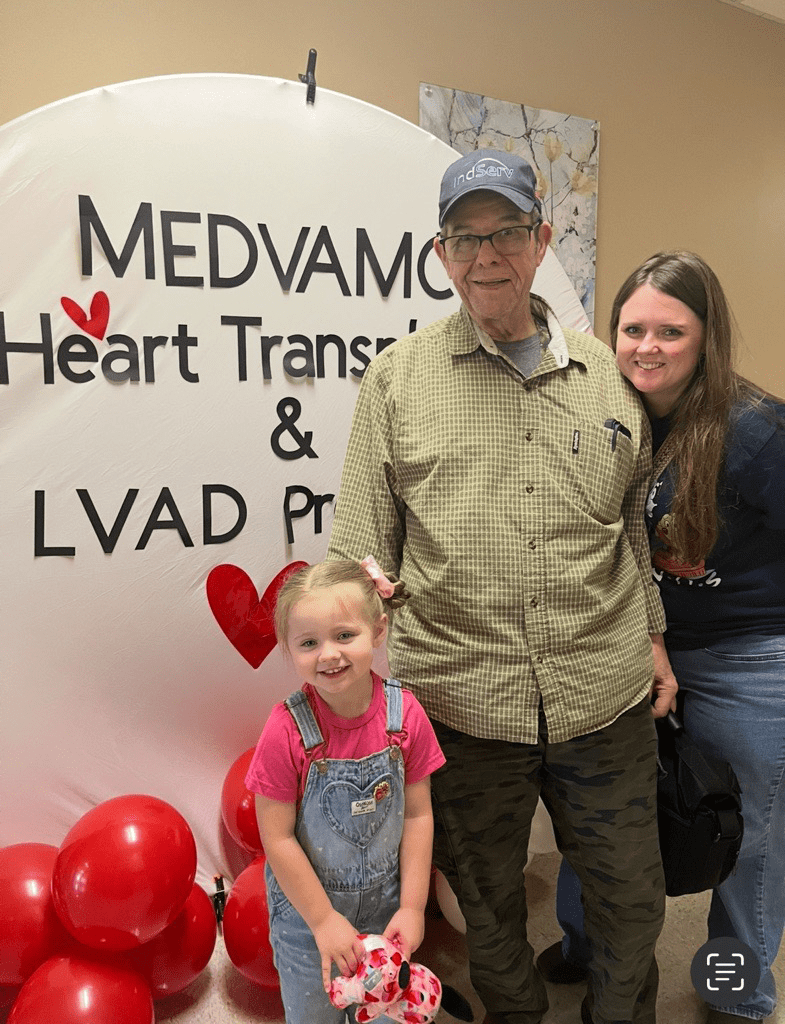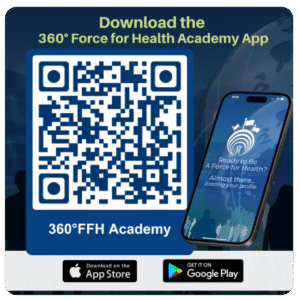
Tech support for a Veteran’s heart emergency
While driving through rural Louisiana, Air Force Veteran Bruce Metoyer found himself in a medical emergency. His left ventricular assist device (LVAD)—a mechanical heart pump which he received a few years ago at the Houston VA to treat his congestive heart failure—started beeping urgently, indicating a malfunction.
Metoyer’s daughter Hannah pulled over to the side of the road and called Erwin Bedia, LVAD nurse practitioner at Houston VA.
“A very serious situation’
“I knew immediately it was a very serious situation,” Bedia said. “Mr. Metoyer’s LVAD system controller was having a low voltage alarm that did not resolve despite good connections and new sets of battery power and battery clips. The LVAD internal backup battery can only power for 15 minutes and it sure didn’t help that they were on the side of the road, far from help.”
Bedia and his fellow LVAD nurses Verna Deinla and Jocelyn Revilla stayed on the phone with the family while Hannah drove to the emergency room in Natchitoches, LA.
When Metoyer got to the ER, the Houston VA team coordinated with the local doctors via FaceTime, showing the ER staff how to fix the problem. Metoyer was later airlifted to Houston, where he and his LVAD both received a clean bill of health.
“It was amazing to see how the VA team advocated for me,” Metoyer said. “They made sure the ER doctors knew exactly what to do. Without them, I don’t know what would have happened.”
Part of the family
Deinla emphasized that the Houston VA LVAD team is committed to being there for each and every Veteran patient at a moment’s notice.
“We want our Veterans to live their lives with confidence, knowing that help is always just a phone call away,” she said. “Mr. Metoyer and his family are part of our Houston VA family and always will be. It was our pleasure to help.”
Recommend0 recommendationsPublished in My Healthy Veteran, US National Health Agency Sources









